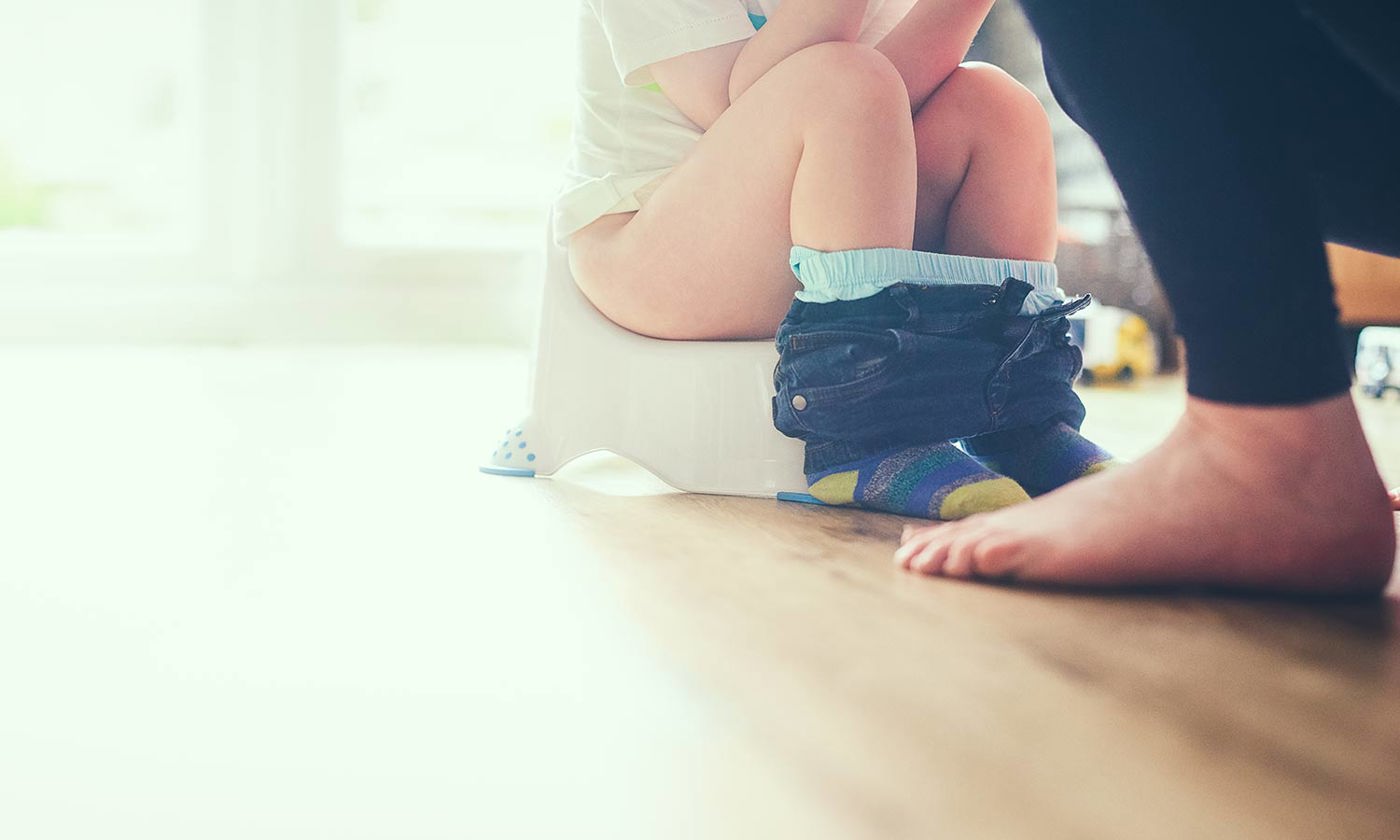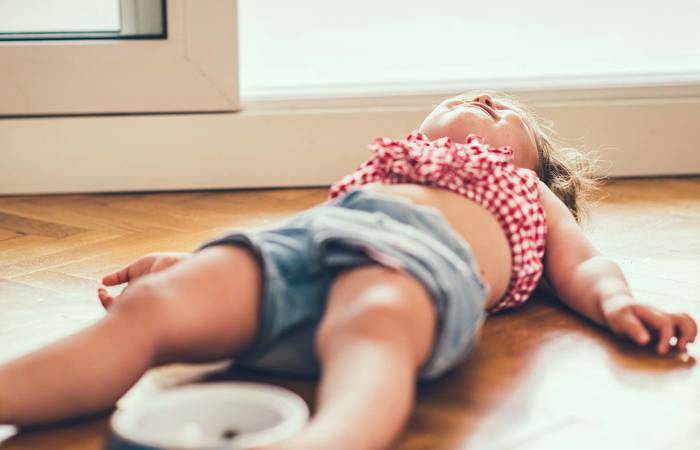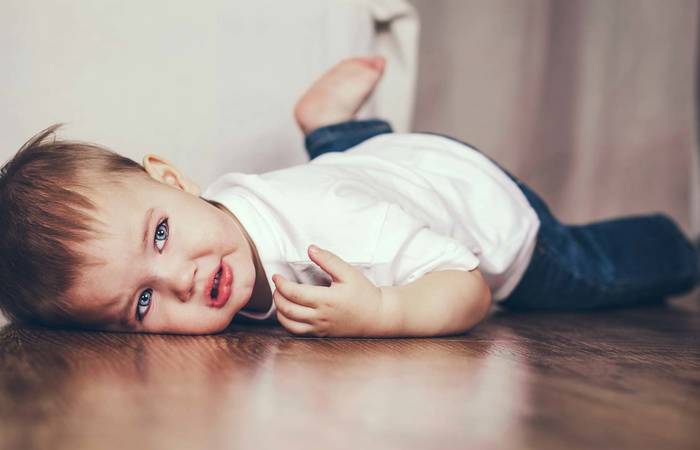Like what you see?
Sign up to receive more free parenting advice.
Thank you for subscribing to our newsletter!
Child Development

Credit: iStock.com/MartinPrescott
Toilet training is a topic that has many experts; friends, grandparents, neighbours and the general public!
Everyone has a story, knows someone who did it earlier than your child or has a strong opinion about when it should be done. However, what you do is dependent on yourself and your child.
All children are individual and the process needs to be individualised for your child. Don’t start too early and you need to commit to the process and do it at a time when there is some stability, not before a holiday!
Learning to use a toilet is a new skill
This is a new skill and needs to be learned. Toilet training will involve day time dryness followed by night time dryness. It is important to keep it as a fun and positive experience, otherwise the child will hold on and become constipated. If they are getting distressed, you should stop.
You need to recognise when it is the right time for your child. They need to be able to recognise toileting signals and have the mental and physical maturity for it to succeed. In most children this is between two and three years of age. Some children do ‘Elimination Communication’ when younger, this is where the parents recognise their child will be about to toilet and put them in a position to do so. This is frequent in low income countries when children are carried and are co-sleeping. It is not toilet training.
Signs that the time is right are when your child is recognising the urge to pass urine, letting you know or taking off their nappy when it is dirty, having a drier nappy for longer periods or going to specific locations to pee or poo. They need to be able to follow instructions, be able to sit for a period on the toilet or potty and be passing soft formed stools during the day time.
Use positive language and imagery
You need to have a language to use with the child that is used by the family and it needs to be positive. It is also useful for them to have witnessed others on the toilet such as siblings or yourself to normalise the process.
Some resources are available such as the Wiggles The Toilet Song, Potty time with Elmo and a number of toys outlining toileting. The family also needs to be ready. Choose a time when the family can commit to the process. The first week particularly will be hectic. You also need to ensure you have a potty or an insert seat for a toilet and it needs to be comfortable.
Start by enabling the child to be able to feel wetness. Modern nappies are highly absorptive, so put the child in underpants or training pants in the day time. Expect some accidents and have plenty of spares. Take them to the toilet to sit frequently and ask if they need to go regularly. They need to be wearing clothes they can take off themselves and in a hurry.
Don't discipline accidents
Gentle praise is required when they pee in the toilet and don’t discipline if they have accidents - they will happen. Make it fun, read books or sing songs while on the toilet. Don’t use negative language such as smelly, stinky etc and you need to be relaxed about the process.
Ask them to tell you when they want to go. The words you use are important and need to be consistent. They will forget to go and will need to be reminded regularly. Sometimes you will need to run to get them there in time. Don’t sit for very long times. Show them how to wipe. To learn this will take some time and remind them to flush and wash hands every time they sit. If they are getting distressed, stop and try again in a few months.
Boys should learn to sit before they learn to stand to wee in a toilet. Sometimes it is useful to have something for them to aim for - a ping pong ball will remain in the toilet when flushed and can be used as a target.
Night time dryness may take some time longer. The child needs to be waking with some dry nappies or pull ups and be sleeping in a bed with access to the toilet at night. They should not be given fluids to drink at night. You will need a protector for the mattress as again there will be accidents. Positive praise for success is important.
Again, remember this is a skill and all skills require practice. Make it fun for both the child and the family. We fall many times as we learn to walk and we have many wet pants before we learn to toilet!
Stay up to date with the latest news and articles from First Five Years
Thank you for subscribing to our newsletter!
When should I seek help?
Nocturnal enuresis is when a child over the age of five is persistently wetting at night. Between 15-20% of children will still be wetting at five years and the rate declines by 10-15% per year. In fact 1-2% of adults have wet nights. Night time wetting is often hereditary and there is usually a family member who wet until an older age.
These children sleep in a deep sleep and do not rouse to the feeling of bladder fullness. The cheapest and most effective treatment is a wet alarm which can be clipped into their underpants or pyjamas. There are medications that can be trialed after the age of six if alarms have failed.
Secondary enuresis is when a child starts wetting in either daytime or night time when they were previously dry. They need to have a medical review as this can be caused by urine infections, constipation, diabetes and a number of other conditions. If these are excluded by your doctor bladder outlet exercises may be of use, particularly in girls.








